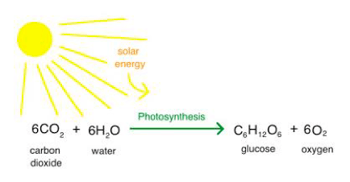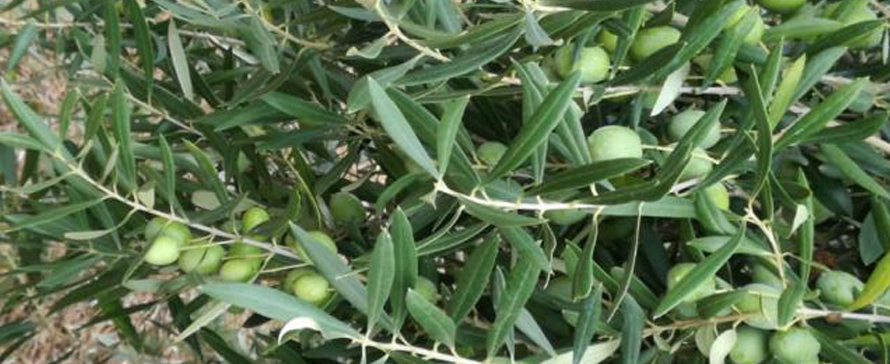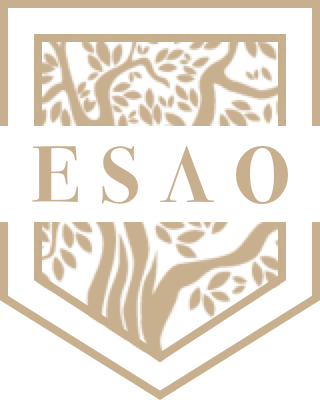Listen to this article
In the leaves (and unripe fruit as well) photosynthesis occurs, which consists of the fixation of carbonic-anhydride that is taken up with water from the roots by the stomas. Light acts as a source of energy in the reaction, and this produces carbohydrates, the simplest of organic molecules, that support all life on this planet.

For the reaction to reach its highest potential, the treetop should be as exposed to the sun as possible, with the greatest ratio of surface to volume posible.
Leaves that are not well exposed to light may actually consume more resources than they produce. If fruit in the sprouts are poorly exposed to light they do not accumulate as much dry material as possible, and they end up smaller, with a lower pulp-to-pit ratio and have a lower percentage of oil. This is why, when we prune, the objective is to have the leaves as exposed to sunlight as possible.
Plants take up water through their roots and transport it up to the leaves. One part is used in the photosynthesis to make carbohydrates, and another part is used to fill the new growth structures, and the majority is evaporated out. Insufficient water makes these processes much more difficult.
We should ensure that the olive tree has enough water especially at key physiological moments.
In irrigated olive groves this is obtained by adding water at the right times; while in dry irrigation this is done through soil management and pruning.
In nature, mineral nutrition is produced through the roots, from the nutrients that are naturally present in the soil. In agriculture, what fertilizers should be used to avoid nutritional limitation interfering with productive capacity is determined by each crop and each moment.
Mineral nutrients have several functions: structural functions such as nitrogen that forms proteins, osmoregulation such as potassium, hormone synthesis such as zinc, transport of sugars such as boron, etc.
In olive groves, mineral nutrients can be supplied in the form of organic and chemical fertilizers. They can be applied as deep fertilizer in the fall, and surface fertilizer in spring via fertigation or via foliar.
Leaf nutrition in olive trees is an essential tool for several motives:
- It makes it possible to supply a mix of nutrients most needed at specific moments intime, and specific places where needed.
- The growth structures are nourished mainly by the reserves, that is, through the phloem or elaborated sap. Leaf nutrition directly enters this circuit, in contrast to nutrition from roots which is usually kept for the reserve and may not supply nutrients to the shoots when they most need them.
- Especially in non-irrigated olive groves, the soil may not correctly assimilate certain nutrients given erratic rainfall and unfavorable physical and chemical characteristics of the terrain, such as having too much calcium carbonate, clay, etc.
- Olive tree leaves are very tough and leathery, which makes it possible for them to supply high concentrations of fertilizers through the leaves without producing burns from high salinity or low pH. In other plants with softer leaves, this would occur.
For more detailed information on why your olive tree leaves need maximum light exposure, please visit our article on olive tree nutrition.
.png)




